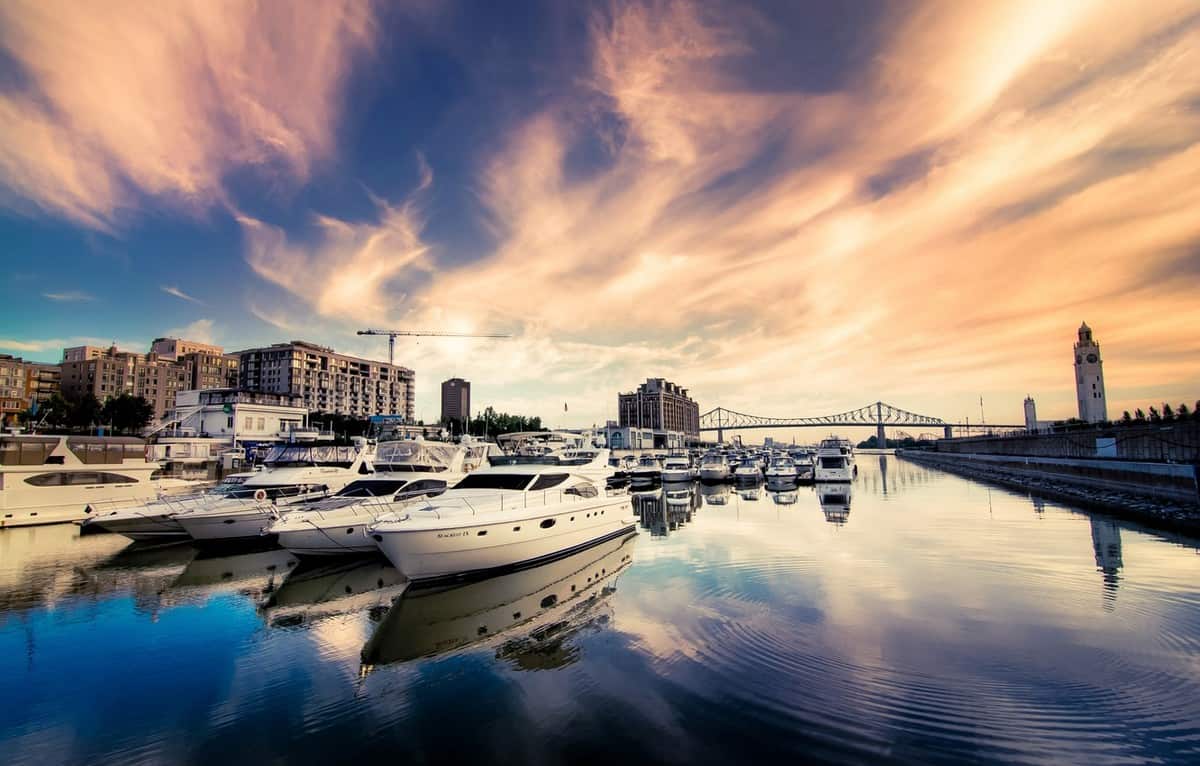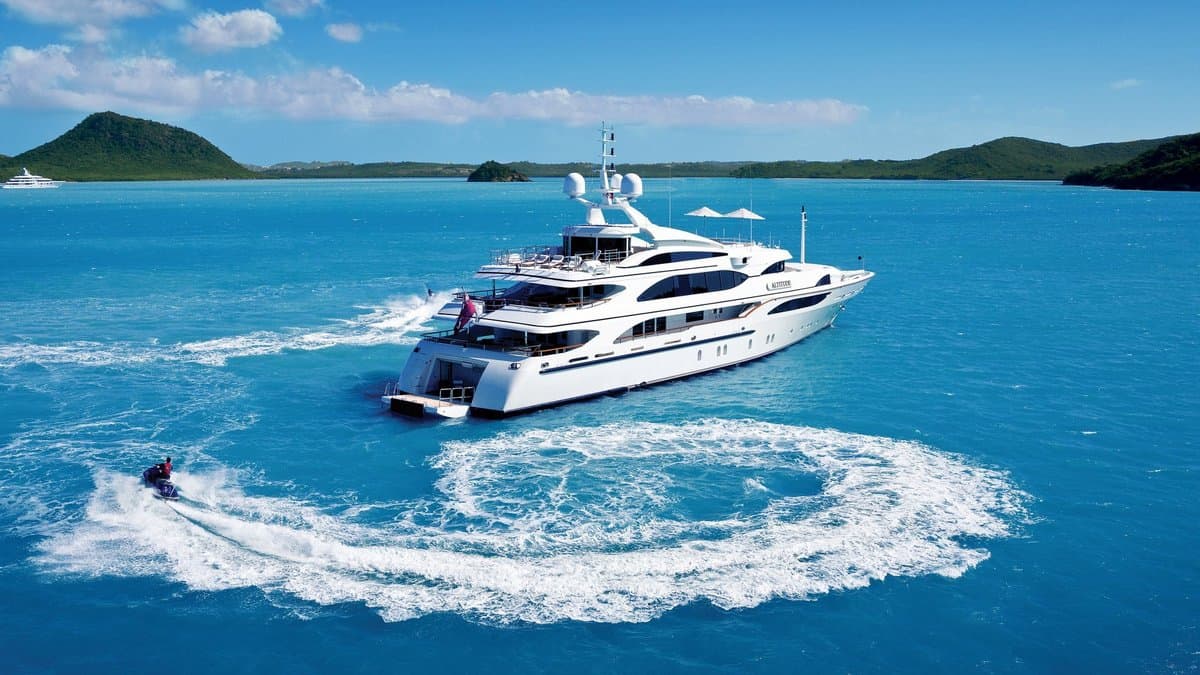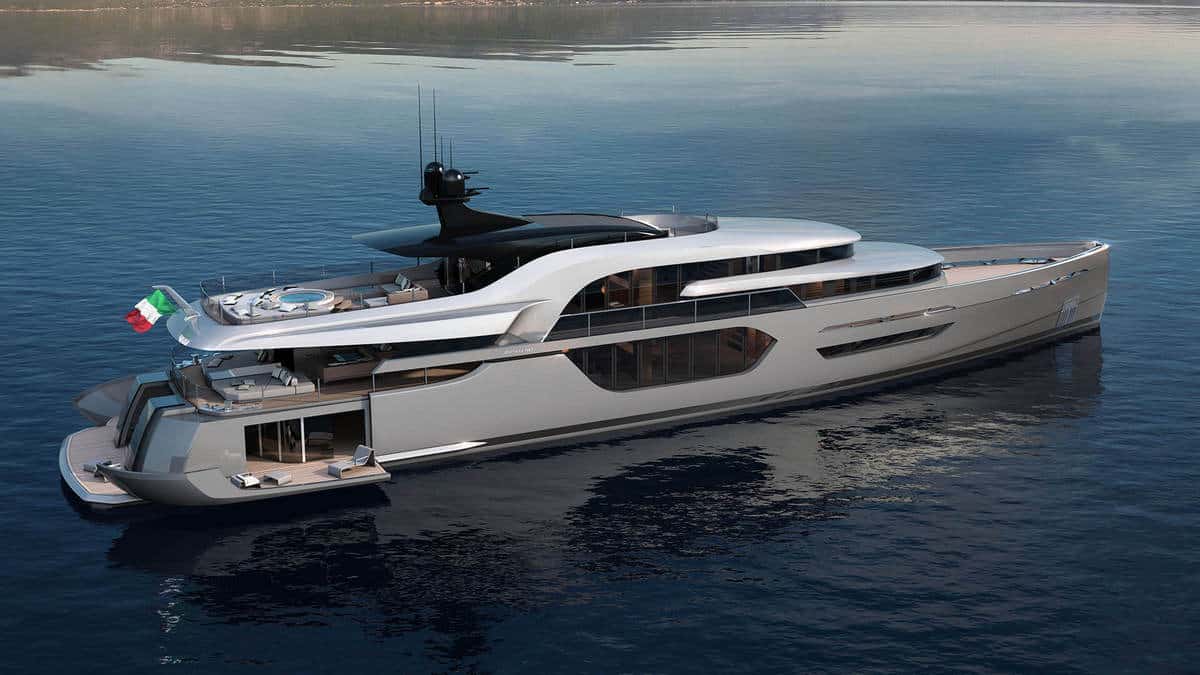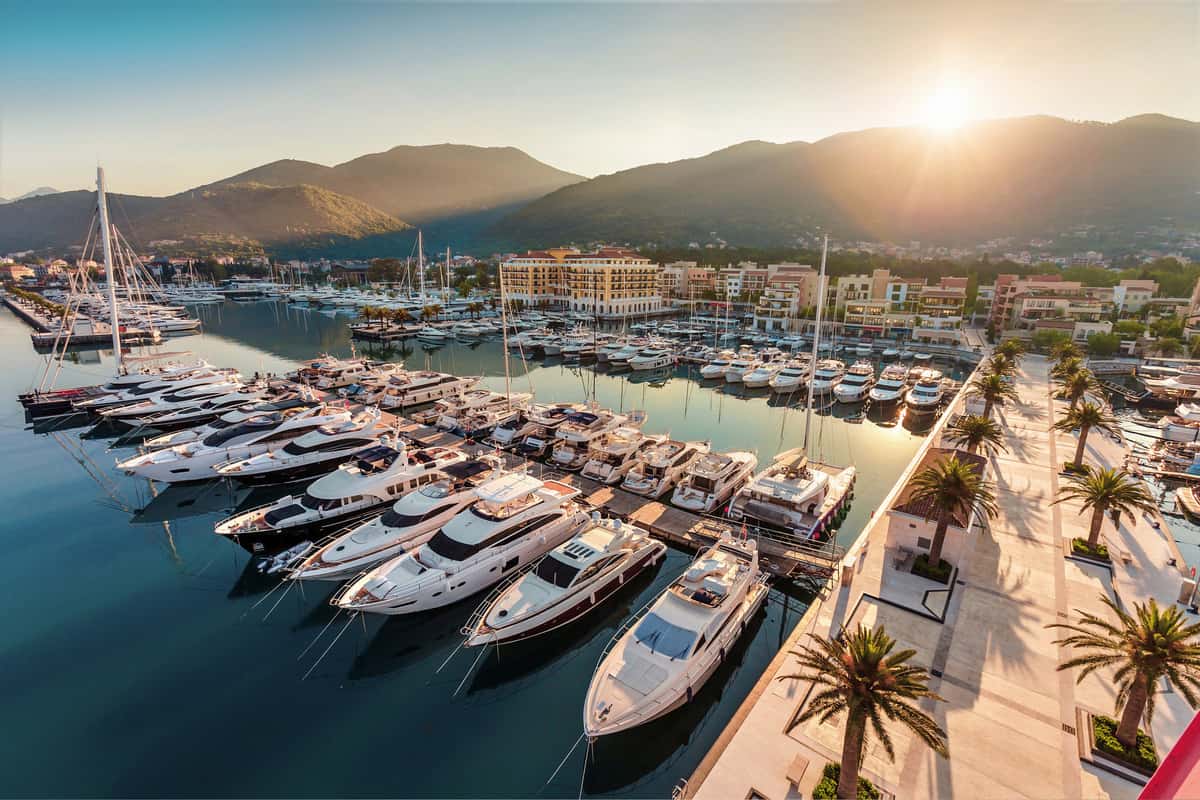Owning a yacht is a luxury not many can afford. Usually, yacht owners are a select breed of smart, well educated wealthy individuals who rise high on the social ladder. But even if you’re one of them and can afford a yacht, buying one is no easy task. You’ve got to think about a few matters before taking the decision.
But worry not. We’ve comprised a little guide on how to buy a yacht and we’ll walk you through the necessary steps, from the costs of acquisition, operation and maintenance to the little details you need to be aware of.
So, take your time and read our 10 steps to buy your first luxury yacht:
1. Define What You Want
As exciting this yachting world might be, the first thing you need to do is stop and think. A yachting lifestyle is so alluring that you might jump on the first opportunity only to realize later that the yacht you got it’s not the yacht you want.
So a better first decision is to think about the various types of yachts that exist on the market, to charter a few and see the pros and cons of each. Think about what would you need it for. Is it business or just pleasure? Would you like a more maneuverable yacht or a bigger and more luxurious one? Should it be a motor or a sailing one? Will it need a crew or can you operate it yourself?
Your various needs will shape the kind of yacht that suits you best. Pictures of yachts in the Caribbean look stunning, but you’ll have to think long term.
2. Consider Yacht Displacement
In general, yachts come with a semi-displacement or a full-displacement hull design. This is an important point in your decision, as these two categories come with relevant pros and cons.
A semi-displacement design allows for higher speeds, reaching around 18 to 25 knots in general but at the expense of higher fuel consumption. And by higher we mean four to six times the fuel consumption of a full-displacement yacht of the same size. A full-displacement hull design is more fuel efficient but cruises at lower speeds, usually between 10-12 knots.
When it comes to engine maintenance, semi-displacement yachts usually need specialized individuals or companies to do the maintenance, as opposed to full-displacement yacht engines, which usually only require the crew engineers.
Other things to consider are that semi-displacements are noisier than their counterparts, and that the latter are in general more stable and thus more comfortable on the waters. The semi-displacement hulls have a hard or fast roll, making them not as comfortable as the full-displacement ones.
3. Mind the Size
There are many kinds of yachts cruising out there, with various shapes, sizes and performances, but usually they are classified by size. The first and the most affordable option is standard yachts, with a size between 30 to 150 feet. This is the most appropriate choice for those just entering the yachting world, the main reason being affordability.
Sales of yachts between 40 and 70 feet are among the most common and a lot more frequent than those of huge luxurious vessels you read about in the news. For a used yacht in the 25-50 foot range, also called ‘starter yachts’, you might need to pay around $100K and $200K.
The next category is mega yachts, with sizes between 100 and 200 feet. The last ones is super yachts, ranging from 200 feet long to how much you can think of.
To get an idea, according to the U.S. Superyacht Association, the average yearly costs to maintain and run a 180-foot yacht can rise up to $5 million. This includes an approximate $400,000 for fuel, $350,000 for docking, $240,000 for vessel insurance, $1 million for maintenance and repairs, and $1.4 million for crew salaries.
4. Think About Yacht Affordability
After you’ve found out what type of yacht suits you best, make sure you add affordability to the game. And by that we don’t mean only buying the yacht, as that is only a fraction of the total lifetime cost of owning the respective yacht.
You’ll need to take into account several other factors. The size of the yacht which influences acquisition price. Sure, a larger one will have all the amenities and nice living spaces, but it will also require a lot more money. Then think about routine maintenance, repairs, fuel and crew salaries – as larger yachts might require a crew to operate.
Moreover, there’s tax implications, insurance, costs of registration, a survey before purchase if you’re going for a used yacht – which can take between one day and two weeks. Also think about redesign costs should you not like how the previous owner decorated his vessel. Another thing to research is berthing. Will the yacht of your dreams fit in the chosen location or you’ll have to dock it somewhere else? Take into account the costs with docking in each situation.
5. New Custom Yacht or Previously Owned one?
For some people, buying a quality previously owned yacht is the obvious and simpler solution. And significantly cheaper. But there are others who would prefer to see their next big floating toy built from scratch and even control the entire process from the early stages.
Sure, the fun factor is greater in the second case, but the process of building your own vessel might be a very long one, taking from several months to several years, so think and think well about that.
You could also choose a production yacht, which will reduce costs and waiting time.
6. Yacht Maintenance and Management
The key details here are fuel, oil and crew. Or yourself if you choose to save some money and do the maintenance work all by yourself.
On the other hand, a crew of specialized individuals will make everything easier for you, but for that you need to find the right crew, as not all are created equal. Most crews around the world operate on a yearly contract, so take that into the account when calculating the maintenance and management costs of your yacht.
Fuel prices can vary greatly depending on the type of vessel you own, the places you choose to fill up your tank and the volatility of the market. There are ports which have low fuel costs, so make sure you look for them and calculate the legs of your cruise accordingly.
7. Docking and Location
Storage and berthing is an important consideration to make before buying your first yacht. First, you’ll have to find out if you can store and dock your vessel somewhere close to where you live. What do you do off season? Will you dock your yacht in a warm or cold climate?
A popular city marina or sea entry marina can get quite costly, not to mention how time consuming the process to find and get access to one is. Private docks are an obvious better choice, but that if you know a lot of people and stumble upon one who’s got room for another yacht. Making an online research about docking and storage options is a must before buying your boat.
Another important thing to take into consideration is the eventual obstacles in various docking or storage areas. Shallow waters, fixed bridges or various other obstacles can pose a threat to your yacht and even damage your hull. So your yacht’s size and type of hull is an important thing to consider as well.
8. Think of the Resale Value of the Yacht
Another important point to clarify in your mind is that a yacht is not an investment. Unlike a house, a boat’s value usually depreciates with time. With that in mind, you should think about the resale value of your first yacht, which in turn, depends on factors such as the overall quality of the vessel’s build and finish, how well the boat has been maintained and the current market conditions.
If you think about reselling the yacht later on, you might want to buy a smaller one to start with and sell it when you are ready for an upgrade. If you choose your moment wisely, you might actually make a little profit of your sale. But don’t take that as a guarantee.
9. Choose an Experienced Broker / Project Manager
When buying a yacht, an experienced broker or project manager is important, so choose carefully. Think of your yacht broker as a real estate agent for your home… on the seas. A good one will manage to identify the type of yacht that better fits your needs and accompany you in your pursuits.
If you’re buying a new custom yacht, your broker will make sure everything is completed to standards and to your requirements. He might also have knowledge of offers that are not available on the open market, which will be a plus. He will also have other recommendations on insurance agents, marinas or various surveyors.
But how do you choose the broker? Recommendations and research is key here. Referrals from other yacht owners will come in handy when looking for an experienced yacht broker. When you find one, asking for a list of his clients to do further research might be a good idea.
10. Buy the Yacht and Fulfill Your Dream
After the survey and maybe a sea trial to test the yacht – usually lasts around 4 hours and is on the seller’s expense, the final part comes: agreeing on the seller’s offer. The process requires signing all the important documents regarding the new ownership of the yacht and you, as the buyer, should already have the new registration and insurance ready. The protocol is usually straightforward and a broker would help you a great deal.
All that remains afterwards is to find yourself a crew and a shore support team and choose your first destination.
Contents
- 1. Define What You Want
- 2. Consider Yacht Displacement
- 3. Mind the Size
- 4. Think About Yacht Affordability
- 5. New Custom Yacht or Previously Owned one?
- 6. Yacht Maintenance and Management
- 7. Docking and Location
- 8. Think of the Resale Value of the Yacht
- 9. Choose an Experienced Broker / Project Manager
- 10. Buy the Yacht and Fulfill Your Dream













